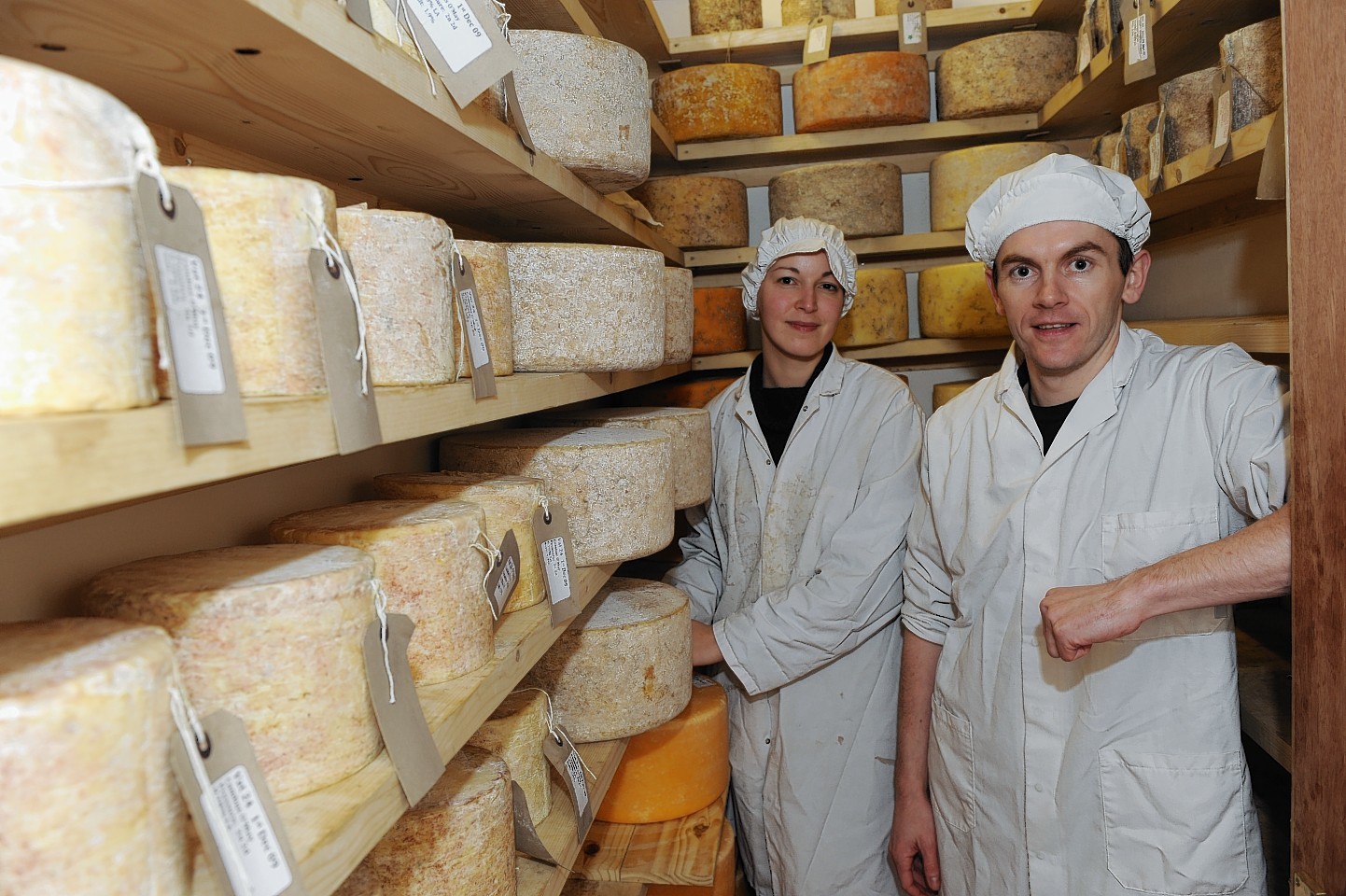Cheese-lovers who enjoy a nibble after a late-night dinner can breathe a sigh of relief, as scientists have dispelled the myth it can cause nightmares.
And it seems that sweet dreams really are made of cheese, as eating it can lead to more vivid, lifelike dreams, as well as a pleasant night’s sleep.
The study by the British Cheese Board was conducted with students at Middlesex University and looked at the effect five different British cheeses had on their sleep pattern.
It showed that for the majority, dreams were more lifelike, and also that different cheeses resulted in quite different experiences.
Those who consumed Brie before bed were more likely to have abstract dreams about love and relationships, while those who had Red Leicester experienced colourful or vivid dreams.
Only six dreams out of a possible 156 were reported as being disturbing or violent.
Kenny Groat, partner at the Devenick Dairy in Banchory-Devenick, welcomed the news and said he has never had a bad sleep due to eating cheese.
“We actually had a large group of us once who had a load of cheese one night before we all went to bed. We were just taking the mick really and no-one had a sleepless night. I think it is just a myth really that it gives you nightmares,” he said.
“Even if you gorge on cheese I don’t think it will affect you.”
Ian Wilson, general manager of the Cambus O’May Cheese Company in Ballater, said he was pleased with the results of the study.
He added: “I am delighted to know that cheese is not causing people problems. We have always known it is beneficial.
“In essence, cheese is really a healthier food than people give credit for. For us especially, we are making a product with no additives in it. It is a natural product full of protein and calcium.”
Sleep expert Professor Ian Hindmarch, who supported the study, said the relationship between cheese and sleep is particularly complex one.
“It was interesting to see that the study suggested no causal relationship between eating cheese and nightmares,” he said.
“Tryptophan, one of the amino acids found in cheese, has many positive effects on mood and sleep. It could well be that the different effects of various cheeses on dreams and sleep found in this study are due directly to the effects of this substance.”
